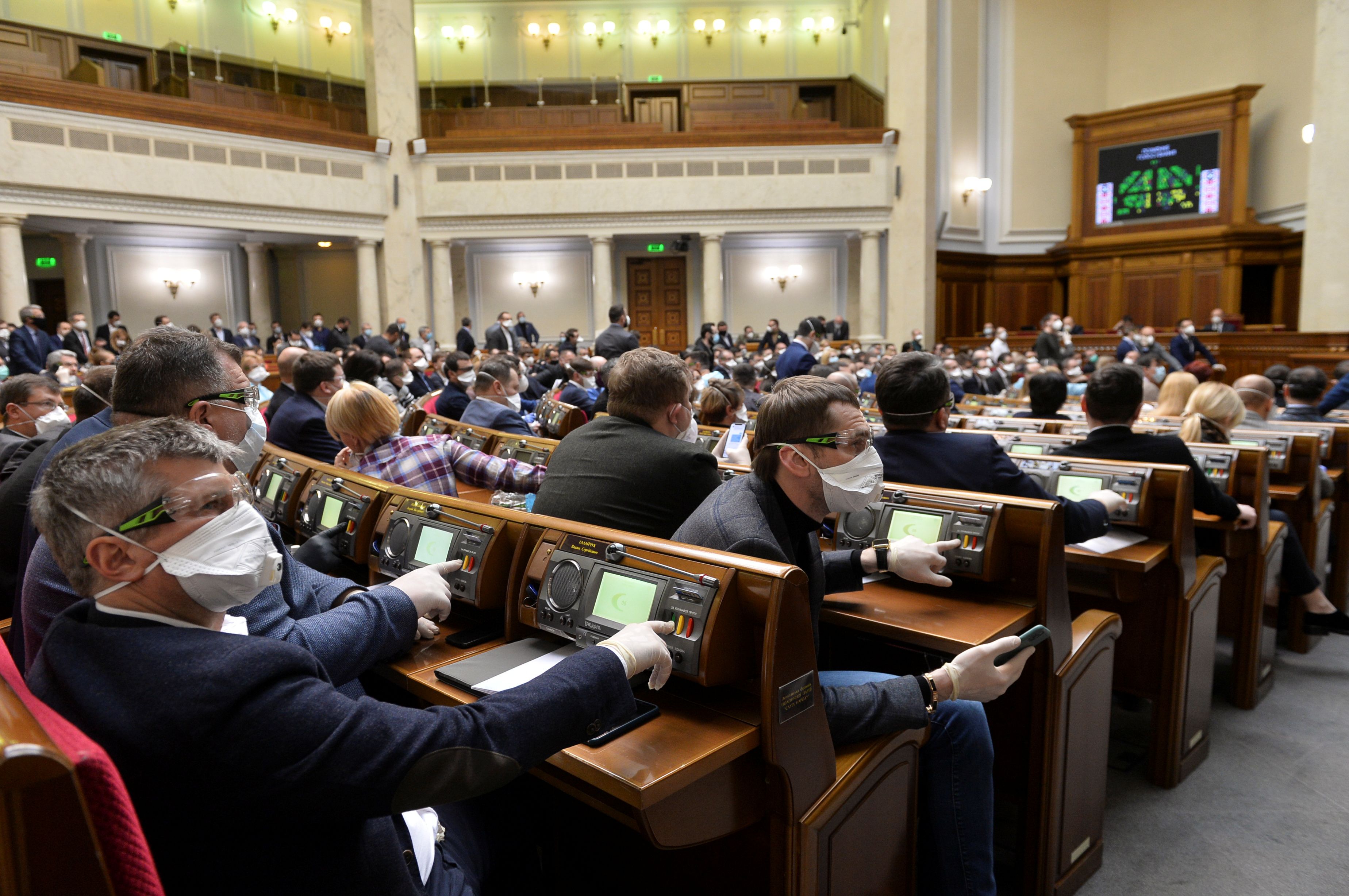The Next Step Towards Decentralisation in Ukraine

Ukraine inherited from the USSR an inefficient, centralised system of territorial administration. The basic division includes regions (24 oblasts and the Autonomous Republic of Crimea), subregions (rayons), and local (hromadas) levels, as well as two cities with special status—Kyiv and Sevastopol. The fragmented local government does not have sufficient financial capacity to implement public tasks. At the sub-regional and regional levels, there are no self-governing executive bodies, instead their functions are performed by oblast and rayon state administrations, whose heads are appointed by the president. Successive Ukrainian governments were not interested in changing the model because it allowed the central authorities to influence the political and socio-economic situation in the provinces. The first real steps towards decentralisation were taken only in 2014–2015 by allowing the consolidation of hromadas (merging of several smaller units into larger ones) and granting the reformatted LGUs financial independence.
New Administrative Division Boundaries
Ukraine’s self-government reform envisages maintaining the three-tier administrative division of the state while reorganising the local and sub-regional levels. On 12 June, the government approved a new division at the local level that includes 1,470 hromadas instead of the approximately 12,000 operating at the start of the reform. Many—43% by January 2020—had already been consolidated from the bottom up in 2015–2019 through a voluntary option. The remaining ones have been consolidated from above, as further delay would have prevented the administrative division from being unified before the October local elections. The government used that opportunity to also revise the boundaries of some of the voluntarily consolidated hromadas. The government’s decisions opened the way for changes at the sub-regional level, and on 17 July the Ukrainian parliament approved a new division of 136 rayons instead of the previous 490. The reformed LGUs at both levels will be constituted in autumn this year with the beginning of the term of the new local government bodies. The changes will not affect occupied Crimea nor the Russian-controlled areas of the Donetsk and Luhansk oblasts, where the Ukrainian authorities are currently unable to hold elections.
Needed Legislative Changes
The main objective of the new administrative division is to create financially and organisationally strong LGUs capable of performing an extended range of public tasks. The catalogue of tasks of the reorganised hromadas is to include spatial planning, environmental protection, development of local infrastructure, basic healthcare and education, social security, and fire safety. The scope is open, meaning that the hromadas will be entitled to take action on all public matters of local importance not expressly reserved to higher entities. Rayons and oblasts will be mainly responsible for the implementation of tasks of a supra-local and regional character, stemming from sectoral laws.
The creation of a new administrative division in practice requires a number of legislative changes. These changes should precisely define the division of competences between the various levels of self-government. They also should provide LGUs with sustainable budget revenues. Instead of having to negotiate the subsidies with rayons annually, the hromadas will retain, among others, local tax revenues and a portion of personal tax revenues, as well as gain access to subsidies and subventions from the state budget (since 2015, such rights had been granted to voluntarily consolidated hromadas). The Ukrainian authorities expect the amendments to be adopted by the parliament by December so that they enter into force before the start of the new budget year.
Constitutional Amendments
The reform is to be finalised with constitutional changes planned for 2021 that will introduce a new division of competences between the central and local governments. Rayon and oblast state administrations will be abolished, with most of their powers taken over by new, self-governing executive bodies at both levels. Representatives of the executive in rayons and oblasts will become prefects, appointed by the president, and performing mainly supervisory functions in relation to LGUs and coordinating the local activities of central executive bodies. The details of the amendments still need to be worked out. A draft brought to parliament last December by President Volodymyr Zelensky was withdrawn after experts and local government officials accused the head of state of seeking further centralisation of power. Among the parts criticised was one granting the president the possibility of suspending self-government bodies if they adopt administrative acts incompatible with the constitution that also endanger the sovereignty, territorial integrity of Ukraine, or national security, even before the Constitutional Court decides their legality.
Political Implications
In the short term, decentralisation will allow Ukrainian local authorities to become more independent through control of their own financial resources. Not all LGUs will be immediately ready to take full advantage of the new conditions and only with time will they learn to effectively manage them. Technical and expert assistance from foreign partners will be important for them in this respect. In the long term, decentralisation will strengthen the position of local authorities vis-à-vis the state authorities, gradually reducing the influence of the latter, especially the president, in the regions. This will stimulate the further development of local political elites, although probably also local oligarchic groups, which will no longer be constrained by decisions taken at the central level. The greater financial independence of the LGUs, especially newly consolidated hromadas, will broaden their possibilities for cross-border cooperation, including with Polish self-government entities; for instance, it will be easier for them to provide their own contribution to EU-funded projects.
The completion of decentralisation may at the same time affect the ongoing negotiations on settling the situation in Donbas. The Minsk Agreements link Ukraine’s constitutional reform in the field of decentralisation with the establishment of a so-called special status for Russia-controlled parts of the Donetsk and Luhansk oblasts. The Ukrainian authorities have repeatedly expressed their opposition to the inclusion of a separate status for such territories in the Basic Law given that it is controversial among a large part of the political elite and Ukrainian society. In addition, this kind of special status risks destabilising the country, as it would mean the creation of a de facto Russian protectorate in eastern Ukraine. It is therefore likely that the reference to special status will not be included in the final draft, which, in turn, the Russian authorities will try to present as Ukraine’s breach of the Minsk Agreements and a reason for the EU to lift sanctions imposed on Russia while probably also threatening to withdraw from the Normandy Format.
Any pressure by Member States on Ukraine concerning special status would constitute a gross violation of its sovereignty. The Minsk Agreements are not legally or politically binding on the Ukrainian parliament and it is unlikely that amendments introducing a special status into the Basic Law would be supported by a constitutional majority. Also, the Minsk Agreements, given their imprecise content and lack of a precise sequence of actions, still indicate that constitutional reform should be preceded by the stabilisation of the security situation in Donbas, which includes a permanent ceasefire and the withdrawal of heavy weapons from the frontline, as well as the exchange of all prisoners. However, none of these conditions, which require the political will of the Russian authorities in the first place, have so far been met.


